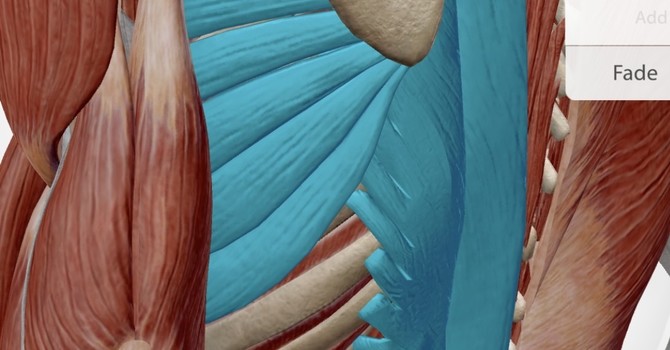A common underlying cause of shoulder pain is weakness of the shoulder stabilizers - those small unassuming muscles that hold everything together. The bigger muscles that we think of at the gym move the arm, and even neck and upper back muscles can get drawn into a shoulder imbalance as well! it is important to properly assess and rebalance ALL the involved muscles in the entire shoulder girdle.
Chiropractic care can be beneficial in addressing shoulder pain by assessing and treating the underlying biomechanical issues that may be contributing to the discomfort. Chiropractors focus on restoring proper alignment and function to the shoulder joint, as well as the surrounding structures such as the spine, ribs, and muscles that may impact shoulder mechanics. Through manual techniques like adjustments, mobilizations, and soft tissue therapies, chiropractors aim to reduce joint restrictions, improve range of motion, and alleviate muscle tension in the shoulder region.
By addressing postural imbalances, muscle weaknesses, and joint dysfunctions, chiropractic care can help improve shoulder stability, reduce inflammation, and enhance overall shoulder function. Additionally, chiropractors may provide rehabilitative exercises, ergonomic recommendations, and lifestyle modifications to support long-term shoulder health, prevent future injuries, and promote optimal physical performance.
What about using PDTR?
In the case of shoulder pain, PDTR targets specific dysfunctional proprioceptive receptors associated with neuromuscular imbalances in the shoulder region. Through manual muscle testing, PDTR aims to reset these incorrect reflex patterns and normalize neurological feedback to and from the muscles to the brain, pertaining to shoulder posture, movement, and muscle function.
For instance, PDTR may address faulty muscle firing patterns in the rotator cuff muscles or enhance sensory feedback in the shoulder girdle to alleviate pain by addressing the root neurological issues contributing to the discomfort.
And ART?
ART can effectively target adhesions and spasms of specific muscles in the shoulder girdle. There are many muscles involved to make up the shoulder. The deepest layer are the stabilizers - otherwise known as the Rotator Cuff. Then there are the big movers. All of these muscles can benefit from focused soft tissue release, and ART is perhaps the most specific of them all.
What about NET?
We've all heard the saying "a weight on my shoulders" or "a pain in my neck." There is some truth to these statements actually! NET can identify and treat Stress Physiology - how we store emotion in our body, and shoulders are a common area (low backs are probably the most common!).
![This Might Be Why Your Running Form Feels Off — And How to Fix It [Part 2], Albany CA image](https://d2t6o06vr3cm40.cloudfront.net/2025/05/09/07/45/33/c13b48ce-4675-4449-b5f3-694d29125d88/IMG_2683.jpg)


